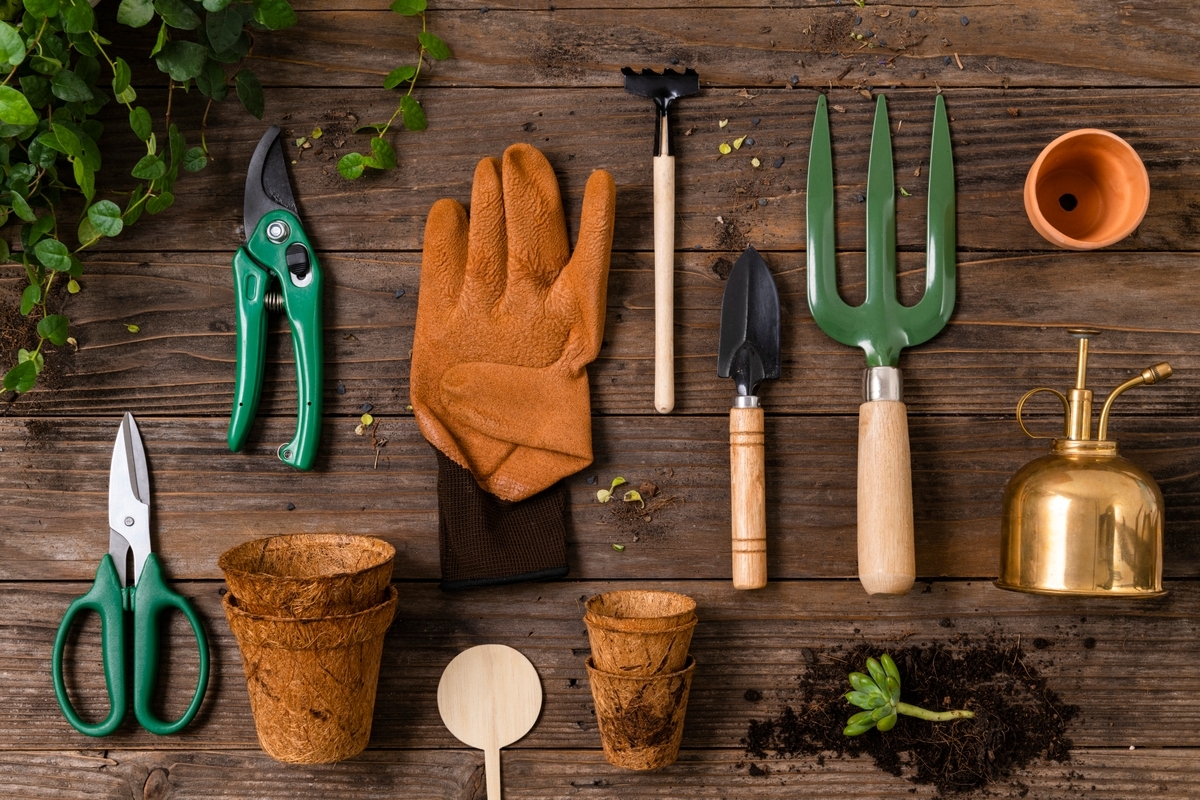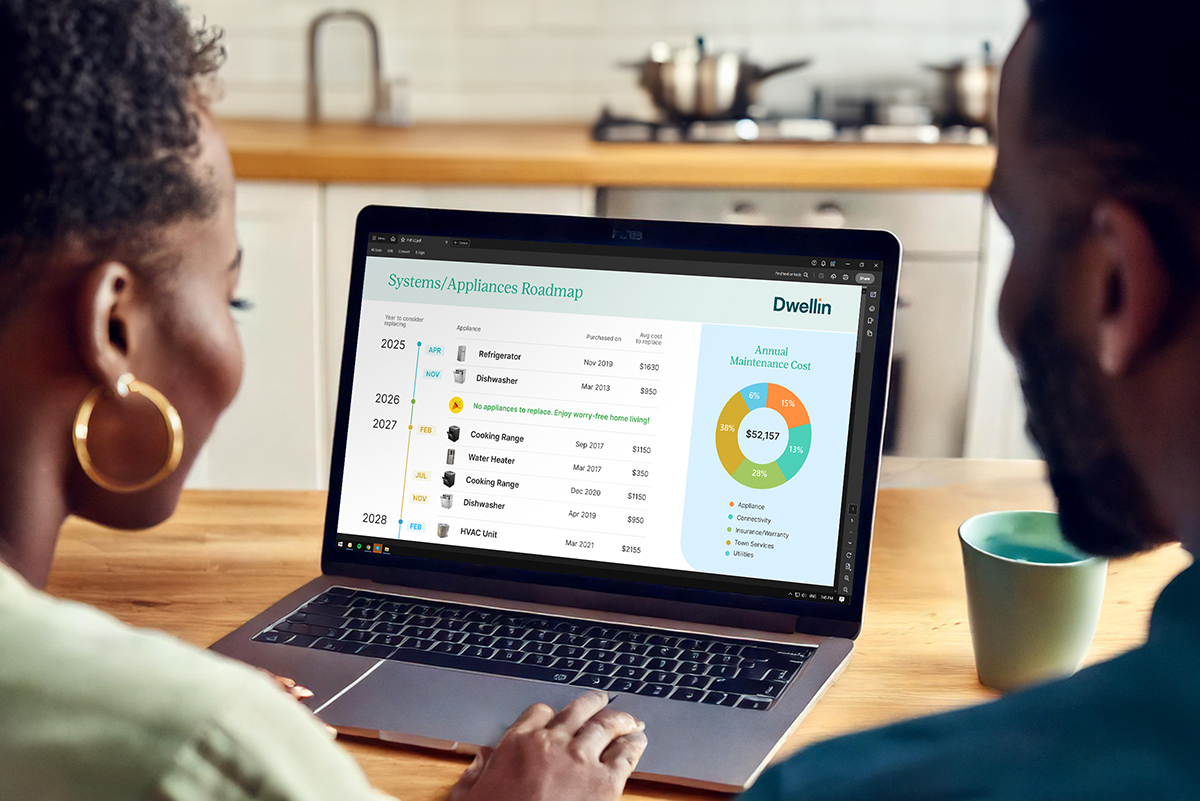Sustainable Gardening Essentials
5 minute read

Gardening and landscaping are more than just aesthetic pursuits; they can be powerful tools for sustainability. By adopting eco-friendly gardening practices, homeowners can create beautiful outdoor spaces that also benefit the environment. Here's your ultimate guide to sustainable gardening and landscaping, designed to help you make informed, effective, and eco-conscious choices.
1. Start with Soil Health
Healthy soil is the foundation of any successful garden. Enrich your soil naturally by using compost and other organic matter. This not only improves soil structure and nutrient content but also reduces the need for chemical fertilizers, which can be harmful to the environment. Implementing crop rotation and cover cropping can also enhance soil health and biodiversity.
2. Choose Native Plants
Opt for native plants that are adapted to your local climate and soil conditions. These plants require less water, fewer fertilizers, and minimal pesticides, as they are naturally equipped to thrive in your area. Native plants also provide essential habitats and food sources for local wildlife, supporting biodiversity.
3. Water Wisely
Implementing water-smart strategies is crucial in sustainable gardening. Drip irrigation systems and soaker hoses ensure water is delivered directly to the roots where it's needed most, reducing waste. Collecting rainwater in barrels is another eco-friendly option that conserves tap water and reduces your water bill.
4. Implement Integrated Pest Management (IPM)
IPM is an environmentally friendly approach to pest control that emphasizes natural and less toxic methods first. This includes using barriers to prevent pests, introducing beneficial insects that prey on harmful pests, and only resorting to chemicals as a last resort. This strategy minimizes environmental impact and helps maintain an ecological balance in your garden.
5. Utilize Sustainable Materials
Choose sustainable materials for garden structures, borders, and walkways. Recycled plastic, reclaimed wood, or locally sourced stones are great options that reduce environmental impact. Additionally, consider the sustainability of the materials you use for plant pots and containers—biodegradable or recycled materials are always a better choice.
6. Encourage Wildlife
Create a garden that welcomes wildlife by including a variety of plants that offer food, shelter, and nesting sites. Bird feeders, birdbaths, and shelters can transform your garden into a haven for birds, butterflies, and other beneficial creatures, enhancing the ecological health of your area.
7. Practice Organic Gardening
Avoid synthetic pesticides and fertilizers. Opt for organic products that are less harmful to the environment. You can even make your own natural pest repellents and plant food using common household ingredients. Not only is this better for the planet, but it's also healthier for you and your family.
8. Plan for the Seasons
Plan your garden activities with the seasons in mind. For instance, plant deciduous trees on the south and west sides of your home to provide shade in the summer and allow sunlight in the winter, reducing energy costs. Understanding the natural cycles can help you make the most of your garden’s environmental benefits.
Conclusion
Sustainable gardening and landscaping are not just about making eco-friendly choices but about fostering a deeper connection with nature. By implementing these practices, homeowners can enjoy a beautiful garden while also contributing to the health of the planet. Remember, every small step can make a significant impact. Start your journey to a greener world right in your backyard!














